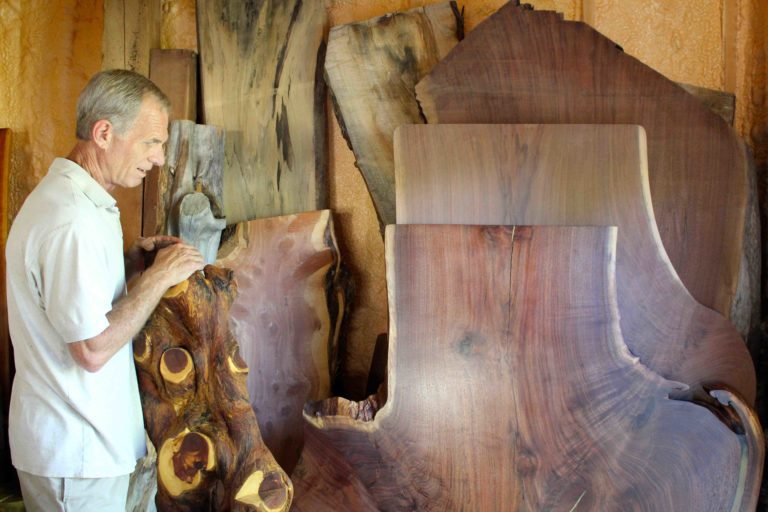Wood craftsman Jeff Cox doesn’t hug trees, that we know of. But he does speak to wood. Or, rather, it speaks to him.
To most people, a pile of flawed, decaying wood serves only one good purpose: as kindling. But for Cox, it’s this wood that he uses to fashion one-of-a-kind, rustic furniture and oddly shaped artwork at his home-based woodshop in Marietta, South Carolina.
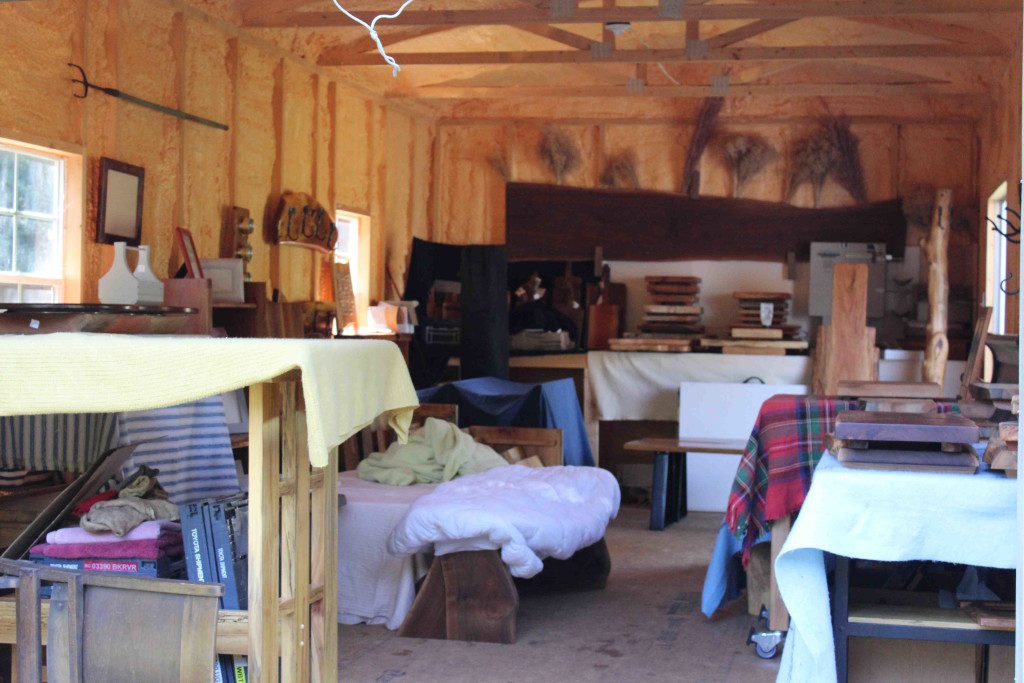

“Most people would throw this away, but I think it’s beautiful, the oddball stuff,” says Cox.
He sources all types of wood for his trade from a mill located in Illinois, from sycamore to maple to walnut and even catalpa — known to many as the “worm tree,” because it attracts caterpillars and other crawly creatures suited for fish bait.
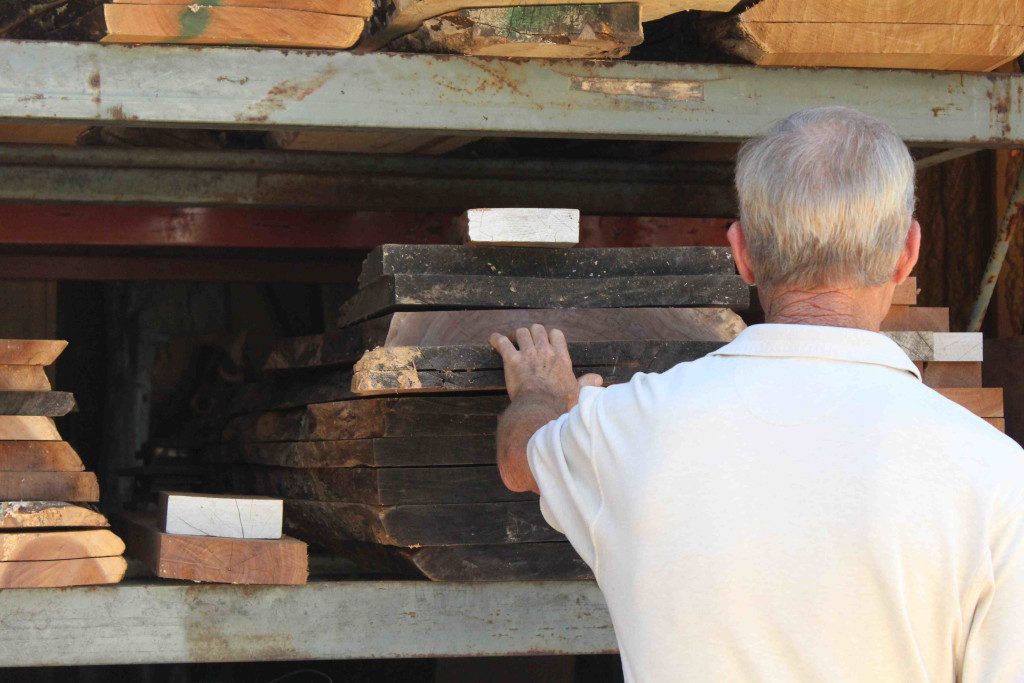
When he receives a new shipment from the Illinois mill, Cox never knows exactly what will become of the dead or dying woods inside.
“I don’t know what to do with them; I wait for the wood to talk to me,” Cox explains.

These woods that speak to Cox are the sort that the average furniture maker would never give ear to.
Wood essentially falls into one of three grade levels, with grade one being furniture-quality wood on down to grade three, characterized by imperfections like splits in the wood grain, called crotches.
“Furniture makers want perfect. I find that boring,” says Cox.
And maybe he doesn’t belong in the category of “furniture maker” anyway. Cox says he considers himself more of an artist than anything else. And, to be fair, his end products are original, handcrafted works of art.
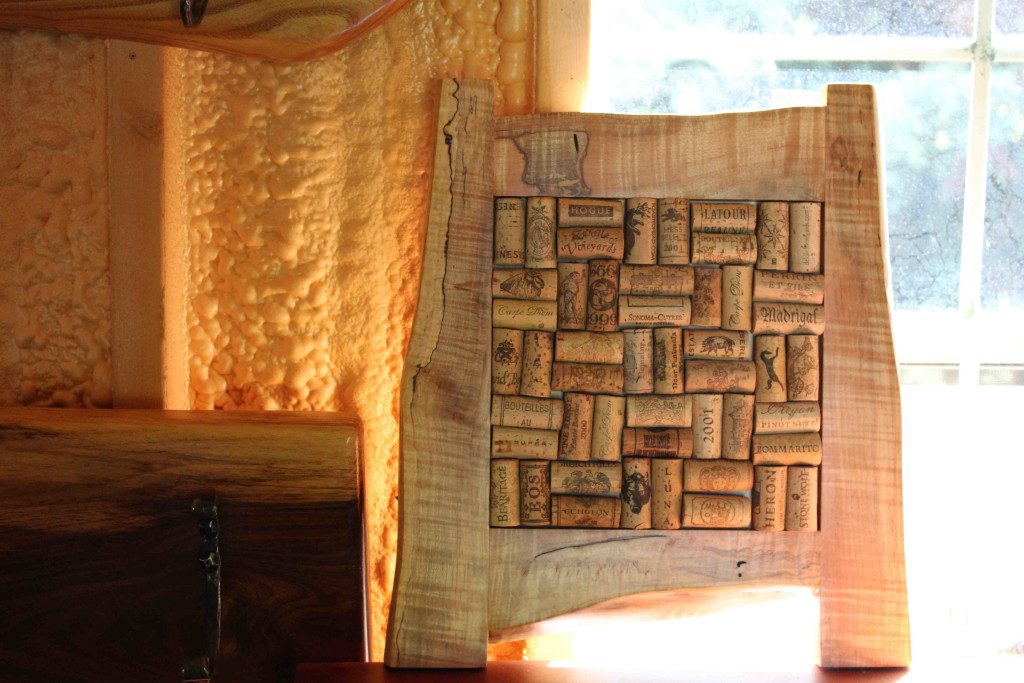
Once he’s decided on a general direction for his next piece, Cox planes down the wood, sanding for hours and hours.
But you won’t find straight edges hardly anywhere, since he leaves the “live edge” in tact, preserving the natural shapes and curves of the wood rather than cutting in 90-degree angles.
He finishes his work with a coat of oil. True to the artist’s way, there’s no outsourcing or manufacturing involved in his process.
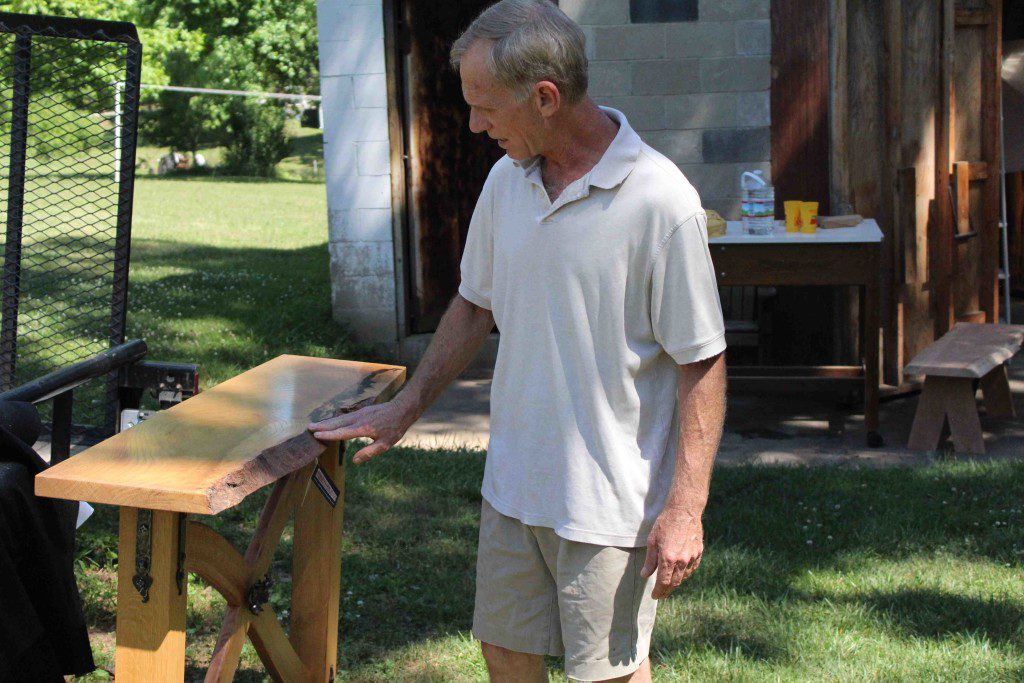
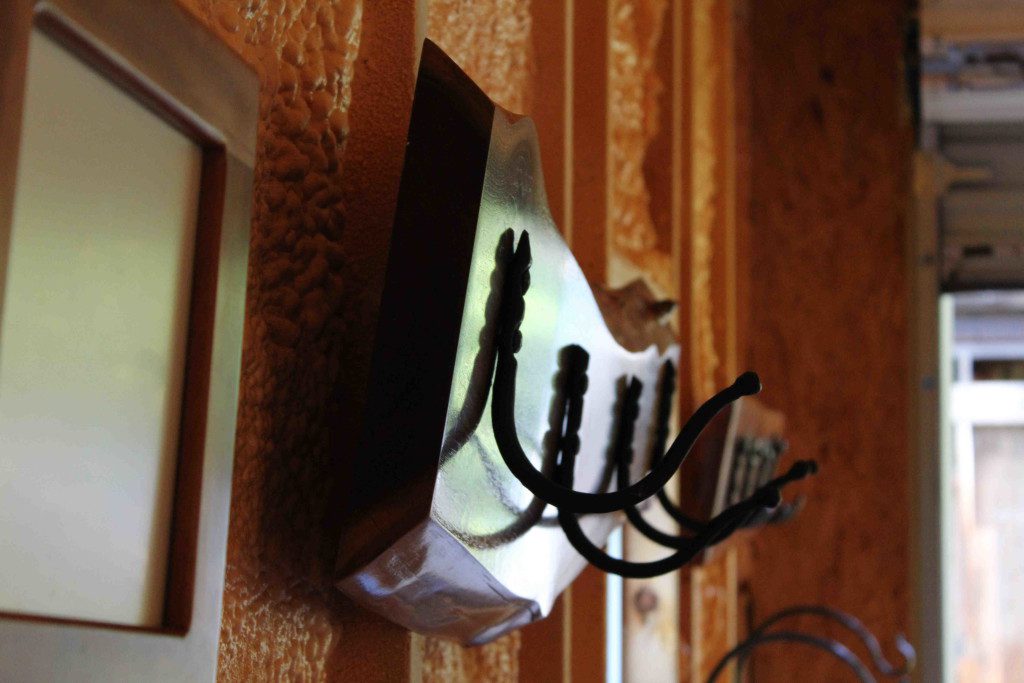
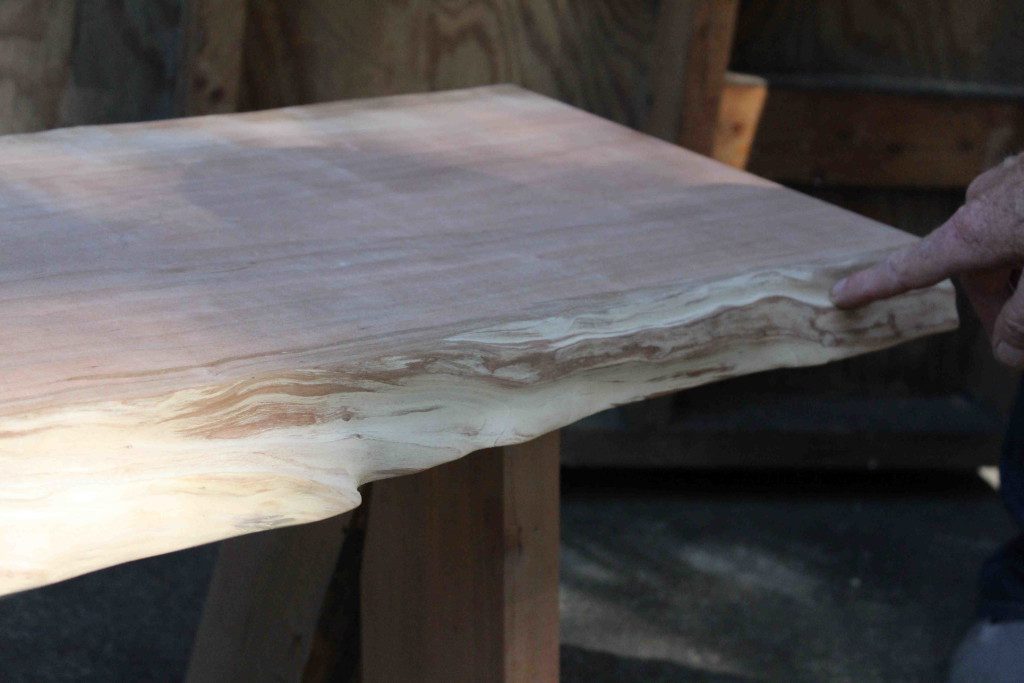
Coffee tables, cutting boards, coat racks, book shelves, kitchen islands, and benches are among his collection. Since he’s often working with a full tree, Cox has the unique advantage of being able to match up the grain for near-symmetrical patterns that flow and reflect the wood’s original nature.
His other creations are simply sculpture-worthy limbs and tree fragments that you’d put around just to look at and wonder about.
“The beauty of wood already exists. I just enhance it,” says Cox.

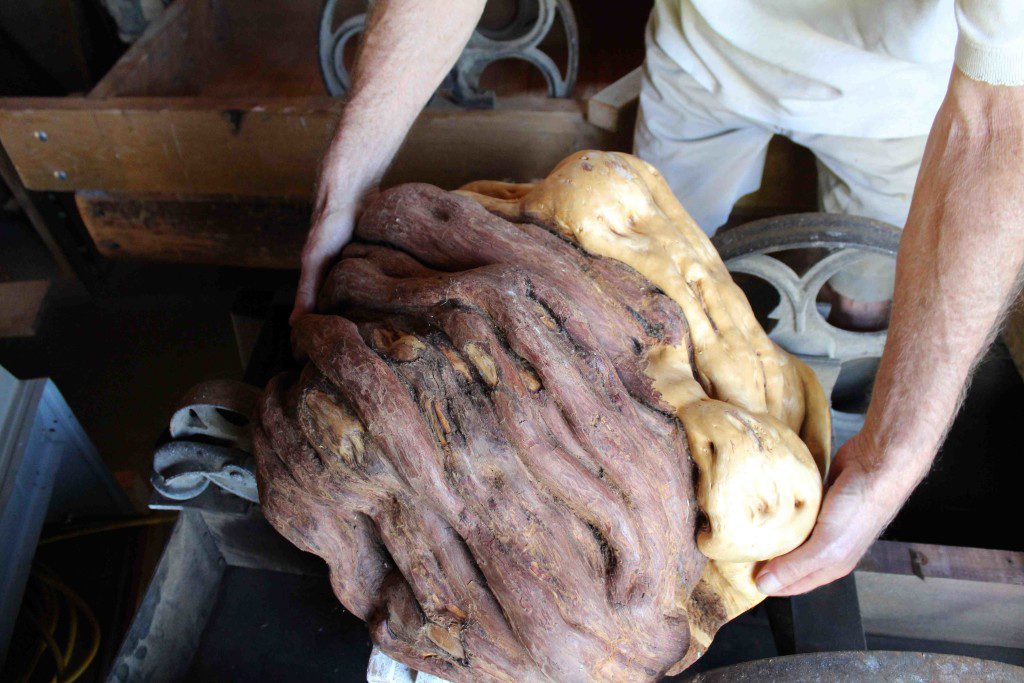

For more information about the woodworking of Jeff Cox, visit NaturesWoodworking.com.
(Photo credits: All images – Lucas Colmenares)

